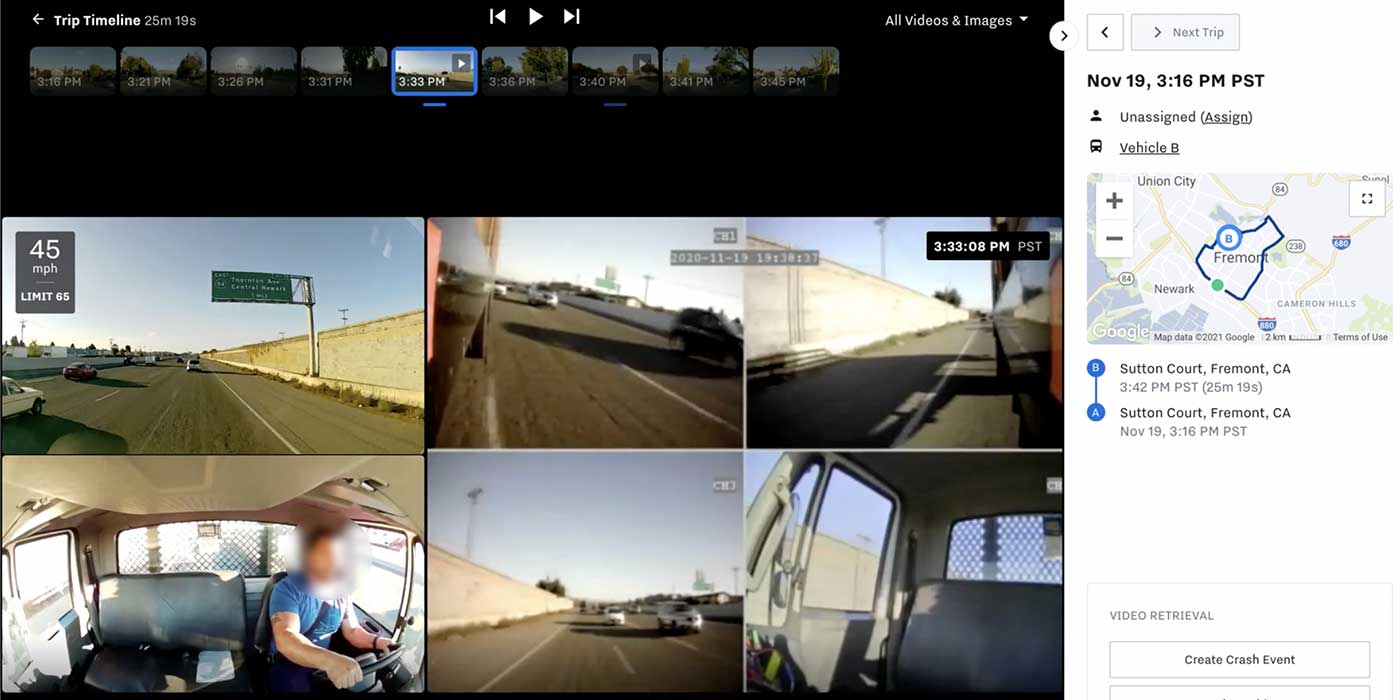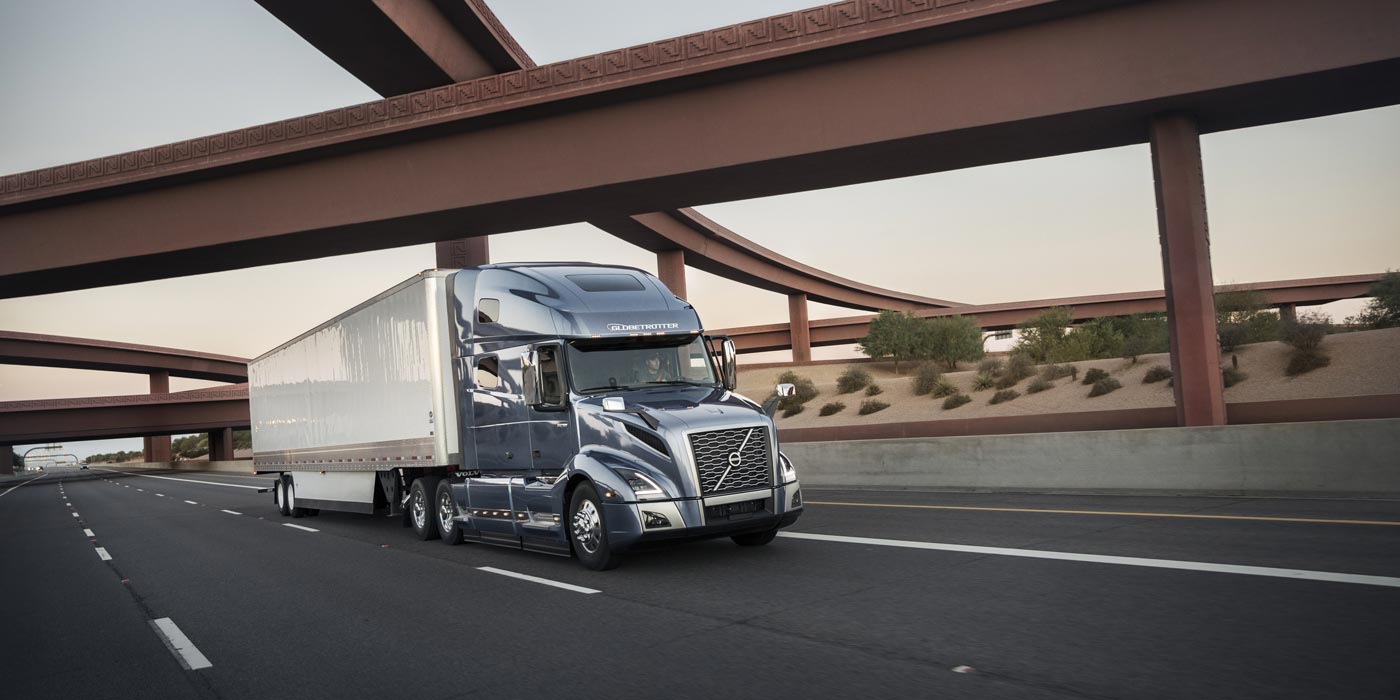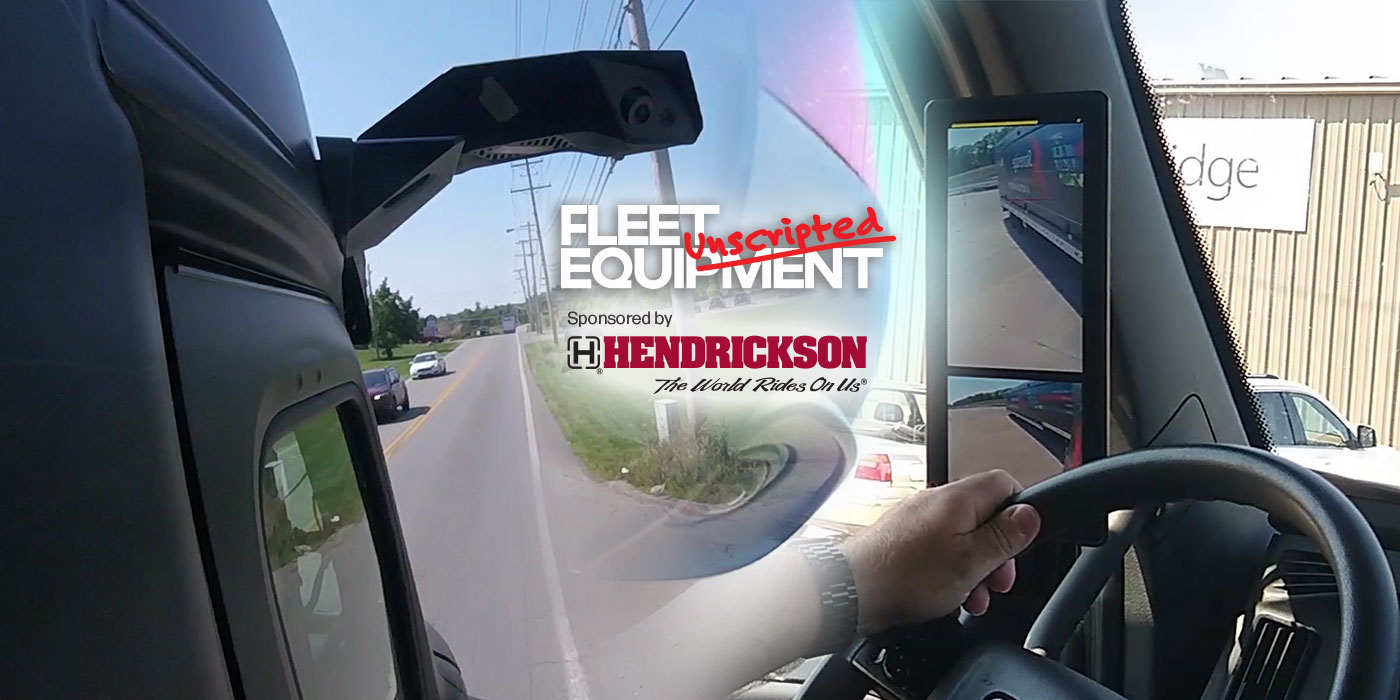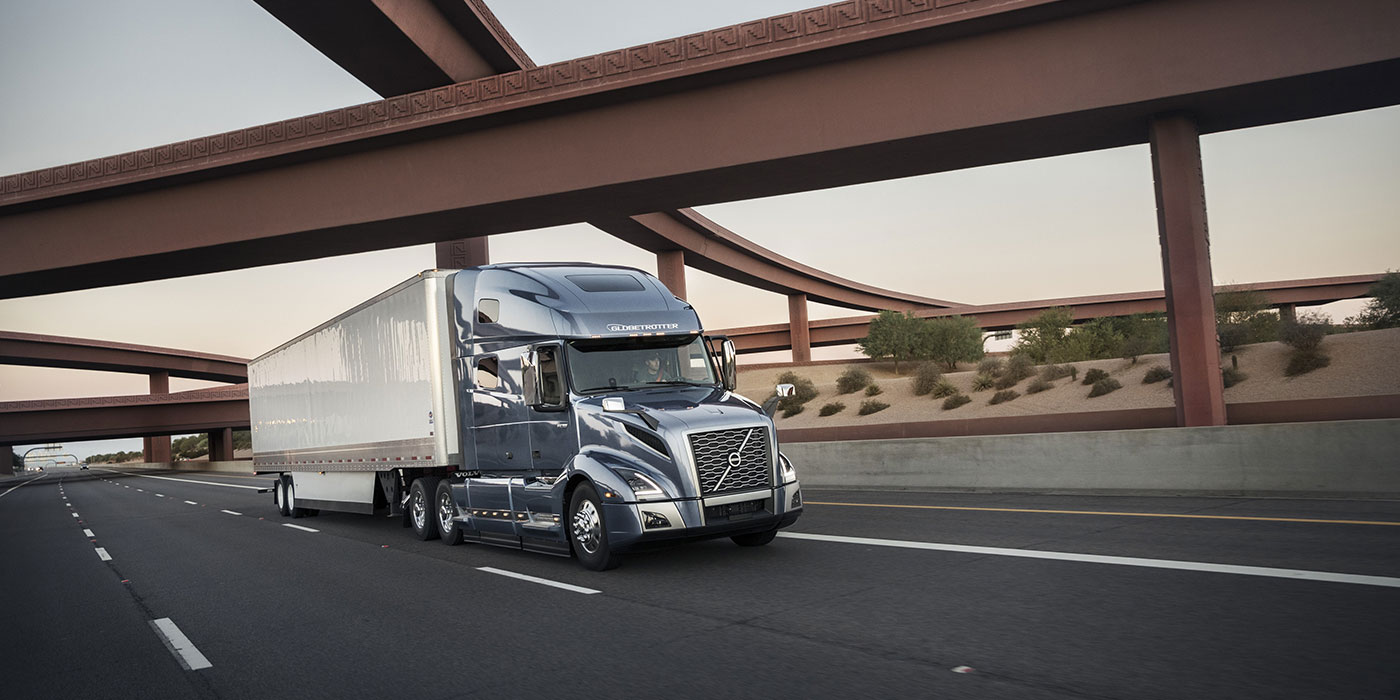In an effort to further its goal of reducing the number and severity of large truck crashes, the Federal Motor Carrier Safety Administration (FMCSA) has summarized the costs and benefits for three types of commercial motor vehicle onboard safety systems.
In its reports, FMCSA defines and quantifies key financial metrics for commercial motor carriers, such as return on investment and payback periods. In addition, potential benefits, in terms of crash cost avoidance, were measured against the purchase, installation, and operational expenses of the technologies.
Technology and deployment estimates for safety systems presented by FMCSA include purchase, maintenance and driver training costs. Purchasing the technologies with or without financing was also considered, as well as Federal tax savings related to depreciation of the equipment.
Covered by FMCSA are Forward Collision Warning Systems (FCWS), Lane Departure Warning Systems (LDWS) and Roll Stability Control Systems (RSC):
Forward collision warning systems
Forward collision system (FCWS) provide audible and/or visual warnings of vehicles or objects that come within a predefined interval in front of the vehicle equipped with FCWS. When a large truck equipped with FCWS approaches a slower-moving vehicle or stationary object, progressively more urgent warnings are issued by the system according to pre-set thresholds. These warnings are designed to improve driver behavior through targeted feedback about safe following distances.
FCWS may also be integrated with an adaptive cruise control (ACC) system, which automatically maintains a set following interval between the large truck and a vehicle in front of it. As a result, FCWS with ACC have the potential to prevent rear-end collisions in which the truck is striking another vehicle.
FMCSA has estimated that between 8,597 and 18,013 rear-end crashes could be prevented annually through use of FCWS. Based on average estimates of cost elements, a rear-end crash would cost $122,650, an injury rear-end crash would cost $239,063, and a fatal rear-end crash would cost $1,056,221.
The costs associated with deploying FCWS ranged from approximately $1,415 to $1,843 per vehicle, according to FMCSA. When anticipated costs and benefits were compared, the benefits of using the system over a period of five years outweighed the costs associated with purchasing the systems and payback periods ranged from eight to 37 months.
Lane departure warning systems
Lane departure warning systems (LDWS) warn drivers of a lane departure when the vehicle is traveling above a certain speed threshold and the vehicle’s turn signal is not used to make an intended lane change or departure. Crashes that can be prevented through the use of LDWS include:
• Single-vehicle roadway departures (SVRD)—Crashes where a truck departed the roadway from its lane of travel, either to the left or the right.
• Same-direction lane departures (SDLD)—Crashes where a truck departed its lane of travel and entered into a lane of traffic traveling in the same direction.
• Opposite-direction lane departures (ODLD)—Crashes where a truck departed its lane of travel and entered into an oncoming lane.
These lane departure crash types can include different crash outcomes, such as rollovers, head-on collisions and sideswipes.
FMCSA has estimated that LDWS have the potential to reduce approximately 1,069 to 2,463 SVRD collisions, 627 to 1,307 SVRD rollovers, 1,111 to 2,223 SDLD sideswipes, 997 to 1,992 ODLD sideswipes, and 59 to 118 ODLD head-on crashes annually. Average estimates of crash costs range from $100,150 to $196,958; injury crashes are in the range of $135,096 to $455,936; and fatal crashes are in the range of $885,150 to $1,252,872.
The costs of deploying LDWS, according to FMCSA, ranged from approximately $765 to $866 per vehicle. When the costs and benefits of the LDWS were compared over a period of five years, carriers get back $1.37 to $6.55 in benefits for every dollar spent, and payback periods range from nine to 37 months.
Roll stability control systems
Roll stability control (RSC) systems include sensors that monitor vehicle dynamics and stability of a large truck and address roll instability by actively reducing the vehicle’s throttle and applying its brakes if a high rollover risk or instability threshold is detected. Rollovers involving tractor-trailers negotiating a curve are the primary type of crash that is preventable by RSC systems. It was estimated by FMCSA that between 1,422 and 2,037 combination vehicle rollover crashes in curves could be prevented annually through use of RSC. Based on average costs, a rollover crash would cost $196,958, an injury rollover crash would cost $462,470, and a fatal rollover crash would cost $1,143,018.
Technology and deployment cost estimates for RSC systems ranged from $440 to $866 per vehicle, according to FMCSA. Additionally, over a period of five years, for every dollar spent carriers get back $1.66 to $9.36, resulting in payback periods ranging from six to 30 months
Small carrier considerations
While FMCSA’s findings indicate that different types of collision avoidance safety systems can be cost beneficial, the agency also noted that certain industry segments would experience different costs and benefits due to differences in operating practices. As a result, the FMCSA benefit-cost analysis reports also included analyses focused on small carriers, which are less likely to be self-insured and will therefore have initially lower out-of-pocket costs per crash.
For example, FMCSA concluded that small carriers that utilize lower insurance deductibles, such as $5,000 per truck, might not achieve a break-even point from onboard safety systems in the first five years. However, as the number of crashes and/or their severity increases, insurance premium costs typically increase until they equal or exceed the investment in safety systems, or the carrier is altogether dropped by the insurance provider. For this reason, an investment in safety technology may still be worthwhile.
In addition, FMCSA noted that indirect costs of crashes, such as impacts on safety ratings, public image and employee morale, could add to the benefits of purchasing onboard safety systems. FMCSA concluded that truck crashes can be prevented through the use of safety systems, and that these technologies can be cost effective investments for reducing injuries and fatalities.
For a complete FMCSA report, click here.
Gaining interest
The FMCSA benefit-cost analysis reports are intended to encourage the deployment of promising onboard safety systems for commercial motor vehicles, and a growing number of fleets are increasingly adopting collision avoidance solutions. Among the vehicle-based technologies now readily available and gaining interest in the marketplace are the following:
Bendix VORAD (Vehicle On-board RADar) Collision Warning System, including SmartCruise, BlindSpotter side radar and BackSpotter options
—www.roadranger.com
Bendix Wingman ACB (Active Cruise with Braking) adaptive cruise control system
—www.bendix.com
Iteris AutoVue Forward Collision Warning system, manufactured by Delphi, and the Iteris AutoVue Blind Spot Warning system
—www.iteris.com
Meritor WABCO OnGuard with Adaptive Cruise Control (ACC) and Active Braking, and Collision Mitigation System
—www.meritor.com
Mobileye forward collision warning, headway monitoring warning, and lane departure warning system
—www.mobileye.com
Takata SafeTraK lane departure warning system
—www.safetrak.takata.com
Looking backward
In a variety of vehicle operations, fleets are also deploying vehicle-based camera systems and radar sensors to enhance visibility and help reduce backing and other moving accidents. Among the systems available are:
ASA Electronics Voyager Heavy Duty Observation Systems
—www.asaelectronics.com
DriveCam
—www.drivecam.com
Mobile Awareness VisionStat
—www.mobileawareness.com
Preco PreView
—www.preco.com/safety
Safety Vision
—www.safetyvision.com
Still valuable are properly specified and positioned truck mirrors. In “Truck Mirrors, Fields of View, and Serious Truck Crashes” from the Transportation Research Board (TRB), a division of the National Research Council, TRB noted:
The driver’s direct field of view in a truck is significantly more restricted than that in other vehicles, especially in passenger vehicles. The federal standard that regulates mirror systems on trucks is Federal Motor Vehicle Safety Standard (FMVSS) 111, which requires only a planar mirror on each side of the cab with an area of at least 323 sq.cm.
This report analyzes currently available data to examine the traffic safety problems that may be related to truck mirror systems. Analysis of crash data, measurements of fields of view, and observational data on the variety and distribution of mirror configurations in the truck population suggest a need for improved driver vision to address specific truck crash types. “Mirror-relevant” crash types are defined, identifying crashes in which the truck driver would likely need to use mirrors to maneuver safely.
These crash types include lane change/merge (LCM) left, LCM right, left turn with the conflict vehicle approaching from the rear, right turn with the conflict vehicle approaching from the rear, start-up with a pedestrian/nonmotorist in front of the vehicle, and backing. Mirror-relevant crashes account for almost 20% of all truck crash involvements.
LCM right crashes occurred over four times more frequently than LCM left crashes. Similarly, turn-at-intersection crashes in which the conflict comes from the rear are over four times more frequent in right turns than in left. These results illustrate a safety problem in the area where the driver’s view is more restricted.
Observational data indicates that about 70% of trucks with conventional cabs have right fender-mounted mirrors, which can fill in the driver’s view along the front right side.
Preliminary results from the Large Truck Crash Causation Study (LTCCS), the first to include mirror configuration, suggest that trucks without a right fender mirror may be significantly over-involved in crashes.
A full report may be accessed at www.trid.trb.org.













